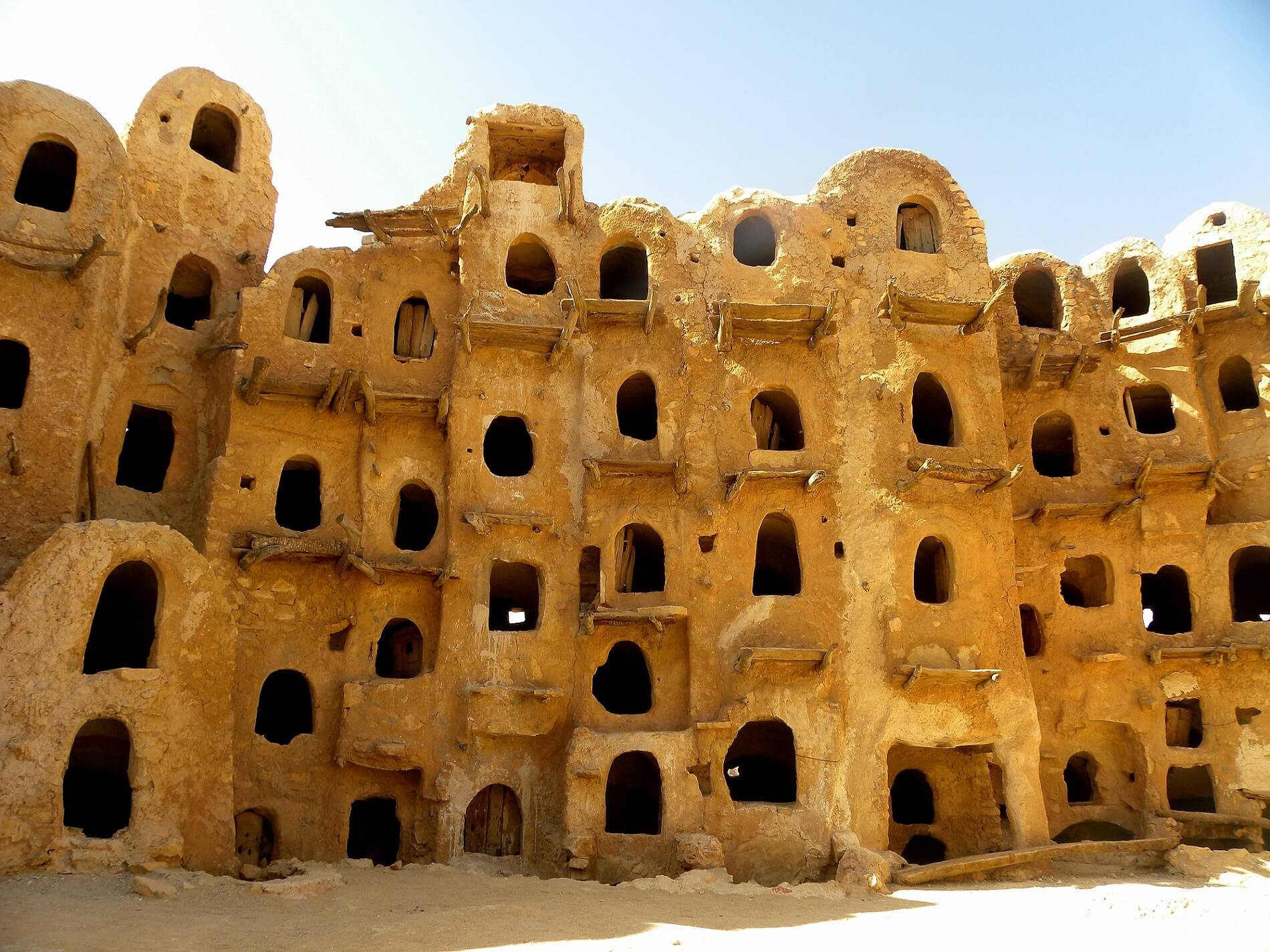The International Crisis Group has published a new report entitled 'How Libya's Fezzan Became Europe's New Border' looks at how the principal gateway into Europe for refugees and migrants runs through the power vacuum in southern Libya’s Fezzan region:
European policymakers increasingly are looking at the Fezzan, Libya’s vast and scarcely populated south west, as their frontier against sub-Saharan African migrants and refugees traveling the Central Mediterranean route to Europe. In 2016, over 160,000 took this route from Libya on makeshift boats; most had entered through this region, which connects the country’s southern border with its coast. Several European countries, chiefly Italy, hope that stabilising the situation in the Fezzan and reviving its economy will help curb migrant flows. The idea has merit, but this will be no easy task and cannot succeed without also addressing the broader crises gripping the country. Any European effort to address governance, economic and security problems in the Fezzan should be coordinated with the internationally recognised government and linked to wider, nationwide initiatives to tackle issues that plague the country as a whole.
Click here to read the full report.

